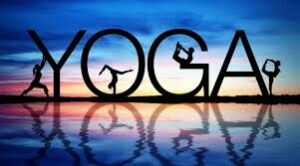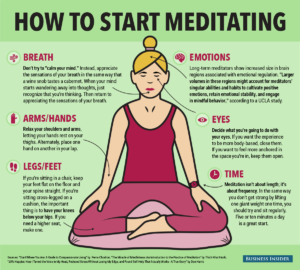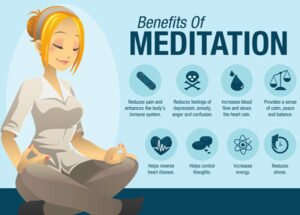Hatha Yoga provides tangible methods of techniques rooted in physicality which mould the body, mind and enable us to work through the emotional layers of ourselves to uncover our spirituality. The processes teach us to nurture the inner life so often stifled in the chaotic world we live in.

- ASANA: Body postures. Cleanse and tone the body from the inside out, massaging internal organs and realigning and strengthening the spine. By realigning the body and balancing the left and right sides we avoid injury and damaging imbalance. Asana also soothes the mind, bringing it home to a calm place. The mind gradually becomes liberated from the conditioned patters of thinking (“samskara”) which bind it, and begins a journey from the head to the heart, as the practice teaches us to surrender. This is healing mentally and physically. Swami Pragyamurti explains that yoga has to be experienced to be understood properly, and you must be open, courageous and humorous enough to keep going.
- DRISHTI: Gaze points. There are 9 gaze points in yoga that help to deepen concentrations during asanas.
- SURYANAMASKARA: Sun salutations, consisting of a sequence of 12 positions, traditionally practiced at dawn 12 times, once for each month of the year. Their origins probably predate yoga.
- MUDRAS: To delight in, a feature of Tantra practice, are symbolic hand gestures that concentrate and channel energy flow in the body.

- PRANAYAMA: The control of the vital and psychic energy in the body through breathing practices (from “prana” meaning cosmic energy, creative life force – invisible but of the utmost importance). Pranayama soothes and restores us, removing anxieties and fear.
- UJJAYI: A deep thoracic breath. From the ribcage, that calms the whole system. It is achieved with a jalandhar a band and makes you feel as if you breath is moving from the throat down tot he heart with a cave-like resonance.
- BANDHAS: These are energy support locks or seals, and they help to awaken and direct the creative energy in the body and aid pranayama.
- RELAXATON: Includes yoga nidra (yoga sleep), removes anxieties and mental anguish, as well as physiologically allowing the body to restore itself. Savasana, the Corpse posture, is a helpful relaxation position with which to close a yoga session.
- MEDITATION: Concentration on a mantra, a flower or anything else you choose develops “single-pointedness” which leads into meditation, enabling us to step into the moment, leaving anxieties behind.
-









Recent Comments